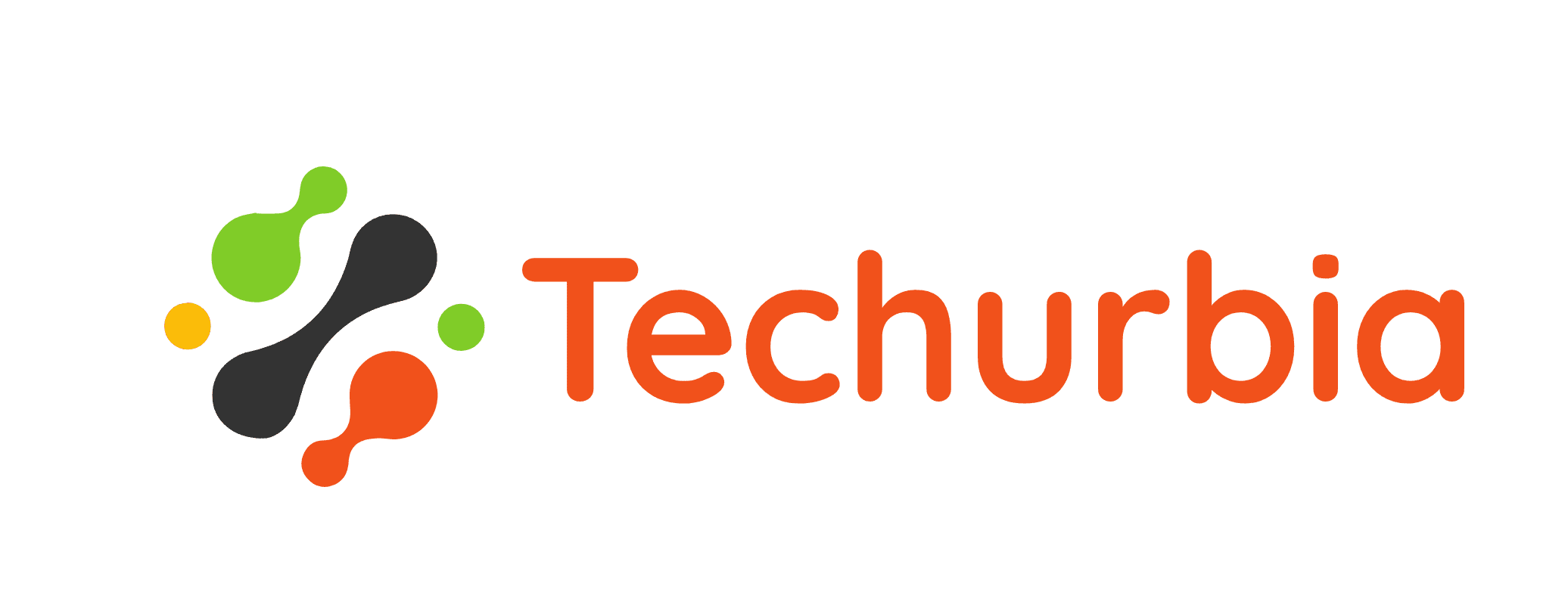My Friend’s Concerns About AI and Fake News
I recently had a conversation with a friend who was worried about artificial intelligence and the spread of misinformation. She felt that as AI becomes more advanced, there will be an explosion of fake content generated that will be impossible to control.
In our current social media landscape, misinformation already spreads rapidly. My friend argued this will only get worse as AI makes it easier to create false videos, audio, images, and text. She envisioned a future where AI systems can mimic anyone’s voice or likeness and create convincing fake media that is indistinguishable from reality.
I acknowledged her concerns, but offered a more optimistic viewpoint. While AI will enable new forms of misinformation, I believe it will also empower solutions to combat fake news and verify the truth.
Establishing Authorities to Vet Information
One idea I proposed was establishing authorities, trusted entities that can verify content is real before it is published. For example, there could be domain-specific authorities focused on politics, science, entertainment news and so on.
To share information on these platforms, users would need to verify their identity. This would deter anonymous bad actors from impersonating real people or groups. The authority would vet content to ensure it aligns with the known views and positions of whoever claims to be posting it.
For public figures, the authority could verify with their official organization that any statements or media match their legitimate public persona. This system would prevent stolen likenesses or synthesized voices from being used to share false information as if it came from the public figure.
AI Can Rapidly Flag Potential Misinformation
My friend worried misinformation would still spread rapidly offline, even if authorities control online platforms. She argued that rumors flow quickly through word of mouth.
However, AI will be embedded in our devices and environments. Our homes, wearables, and glasses will be able to listen, analyze information, and interject when needed. If someone makes a dubious claim verbally, an AI assistant can cross-reference it against verified authoritative sources in seconds to assess accuracy.
The AI can then notify listeners that the claim comes from an unverified source and is likely false. This real-time fact-checking will contain misinformation even in offline interactions.
Authoritative Sources Key to Identifying Misinformation
For this system to function, there needs to be trusted entities that are recognized as authoritative sources of credible information. Academics, scientists, professional journalism organizations, government agencies, and independent oversight boards are examples that could serve this role.
Standards will need to be developed to ensure the authorities themselves are providing reliable information, upholding rigorous ethical practices, and earning public trust. But if respectable authorities can be established, they will form the foundation for AI systems to detect misinformation by comparing claims against verified facts.
The Future of Truth in the AI Age
While AI will unleash new challenges around fake media and misinformation, I am optimistic we can meet these challenges responsibly. AI itself will provide tools to contain falsehoods and promote truth, as long as we build societal institutions and norms around information quality.
We are entering a future where advanced AI will allow deception at mass scale. But it will also empower solutions and authorities capable of exposing lies and verifying facts instantly. With thoughtful systems and standards, we can ensure truth rises above falsehood, even in the age of artificial intelligence.








